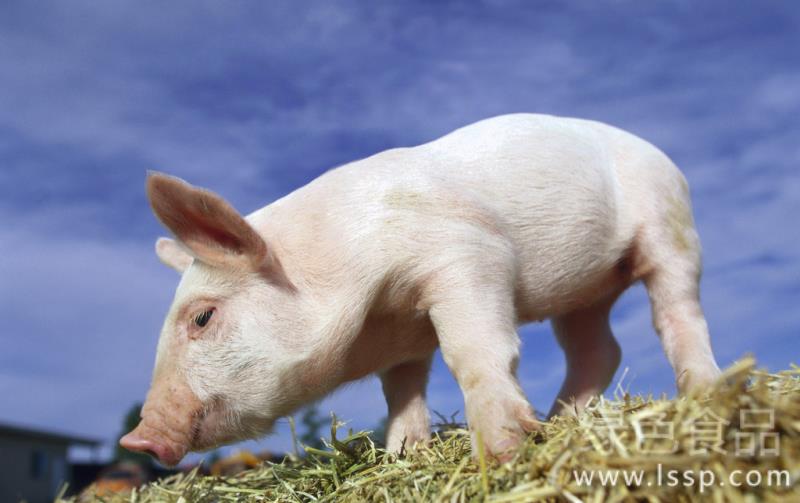How does pecking affect the feeding and laying of laying hens? how to prevent pecking of laying hens
Pecking is common in intensive flocks of high-density chickens, which seriously affects the feeding and laying of laying hens. The main performance is that chickens peck at each other's feathers, anus (high-yielding chickens), toes and eggs, resulting in poor growth, dishevelled feathers and serious death.

Laying hens
Reasons for pecking:
(1) large feeding density, insufficient space in henhouse, high brooding temperature, insufficient feeding and drinking water, improper feeding method, insufficient feeding, high light intensity, poor ventilation, switching into groups, stress, excessive humidity, etc., easy to cause layer pecking.
(2) the diet is single and lack of types. In the diet, the protein is insufficient, the calcium salt is not enough, the nutrition proportion is out of proportion. The crude fiber is insufficient and the feed is moldy and deteriorated.
(3) there are many external parasites in laying hens, which are not dewormed in time; other secondary diseases are not treated in time; disease prevention does not keep up, and poor hygiene is the inducement of pecking fetish.
The key to the prevention and control of layer pecking is prevention, which is more important than cure.
First, break the peck at the right time. It has been proved that beak amputation of laying hens at the age of 9 days and 12 weeks can prevent pecking. Spray lamp beak-breaking method, iron furnace beak-breaking method and beak-breaker beak-breaking method can be used. It is required to cut off the nostril to the tip of the upper beak and the lower beak of the laying hens. One day before and after beak breaking, 2mg vitamin K3 and 0.25g erythromycin were added to every kilogram of drinking water, and then the layers were allowed to drink water freely to prevent diseases caused by beak breaking.
Second, remove the pecked layer and apply a layer of unpleasant smelling substances such as engine oil and kerosene on the pecked part, so that the layer will no longer be pecked.
Laying hens
Third, control the feeding density. In general, it is appropriate for a chicken farm to have 300 birds per group of 200. It is suitable to raise 200 chickens per flock. No more than 50 layers per square meter at the age of 4 weeks, no more than 30 hens per square meter at the age of 8 weeks, no more than 15 layers per square meter at the age of 18 weeks, and no more than 15 layers per square meter at the age of 18 weeks.
Fourth, strengthen ventilation and ventilation. The suitable temperature and relative humidity of laying hens are 15 ℃ 25 min and 55% Mel 65% respectively. Remove harmful gases in time. The concentration of ammonia in the henhouse is too high, up to 15mg per cubic meter, pungent smell, up to 50mg per cubic meter, chicken coughing and tears, inflammation of conjunctiva and so on. The concentration of ammonia in the henhouse is lower than that of 20mg. Mixing the cushion with 4% copper sulfate and appropriate amount of old lime or spraying the cushion with 2% benzoic acid or 2% acetic acid can remove the odor and reduce the harmful gas.
Fifth, adjust the light. The color of light is related to the occurrence of layer pecking. Excessive light can easily cause layers to peck anus and feather. In general, the light intensity of the henhouse in the first week is 40 lux, the yield period can reach 20 lux, and the rest of the time is no more than 20 lux. The light bulb is 2m from the ground and the distance between the lights is 3m. The power of the bulb does not exceed 25W.
Provide enough drinking water. Make sure there is enough water in the laying hen drinking tank every day, clean and fresh. Especially in summer, it is necessary to provide adequate drinking water.
7. Rational preparation of diets. The preparation of full-price diet, feed diversification, so that nutrients are complementary.
- Prev

How to prevent and cure lamb from suspended animation
How to prevent and cure lamb from suspended animation
- Next

Treatment of pig heatstroke delayed and easy to die how to prevent and cure pig heatstroke in summer
Treatment of pig heatstroke delayed and easy to die how to prevent and cure pig heatstroke in summer
Related
- On the eggshell is a badge full of pride. British Poultry Egg Market and Consumer observation
- British study: 72% of Britons are willing to buy native eggs raised by insects
- Guidelines for friendly egg production revised the increase of space in chicken sheds can not be forced to change feathers and lay eggs.
- Risk of delay in customs clearance Australia suspends lobster exports to China
- Pig semen-the Vector of virus Transmission (4)
- Pig semen-the Vector of virus Transmission (3)
- Five common causes of difficult control of classical swine fever in clinic and their countermeasures
- Foot-and-mouth disease is the most effective way to prevent it!
- PED is the number one killer of piglets and has to be guarded against in autumn and winter.
- What is "yellow fat pig"? Have you ever heard the pig collector talk about "yellow fat pig"?

